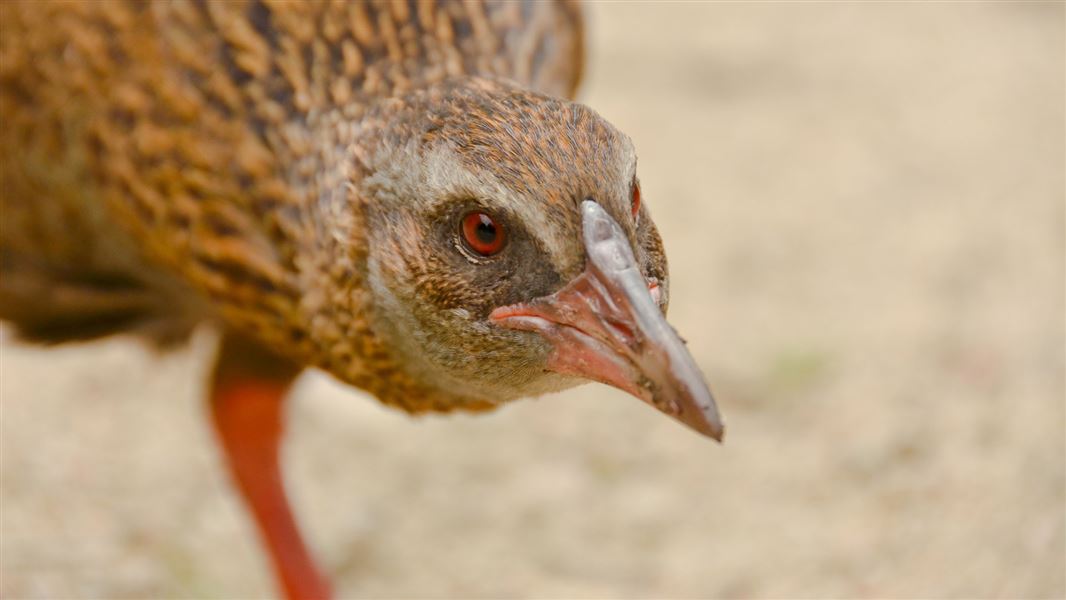
Introduction
Consider your site's characteristics to determine which pest-control method will get you to your goal efficiently and safely.Talk to your Predator Free Ranger for advice.

A volunteer replaces the lure in a DOC-200 trap
Image: Lauren Schaer ©
Examples of site-specific factors
Risks to non-target species (native and domestic)
- Are there ground-dwelling birds present? Set bait stations and traps above ground level.
- Is the site situated next to an urban area? Limit the risk to domestic animals that might encounter bait or traps.
- What potential non target risks are present? Talk to your local DOC office about non target risks before starting your control project.
Time of year
- Is there an abundance of naturally occurring feed? Consider the effect on bait uptake or reschedule your operation.
- Does your target pest species behave differently with the seasons? Consider operating when they’re easiest to target.
Density of target pests
- Are rat densities high? Use a toxin or self-resetting traps instead of single-trigger traps.
- Do you have a good baiting strategy? Don’t skimp, but don’t waste bait through too-short baiting intervals.
Presence of multiple pest species
- Do you have more than one pest species present? Consider which to target first or find methods to target multiple pests.
Public accessibility of the site
- Does your plan pose a risk to the public’s health and safety? Plan to limit it.
- Is there a risk of people interfering with traps or bait stations? Put safeguards in place.
Skill level of the people involved
- Are group members competent and aware of the risks? Get relevant training and use best practice to avoid making pests bait- or trap-shy or causing suffering.
Potential for re-invasion from the surrounding area
- Is your site small or skinny, or surrounded by pest-dense areas? Take steps to protect borders.